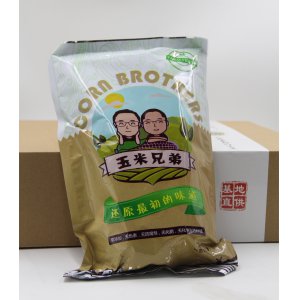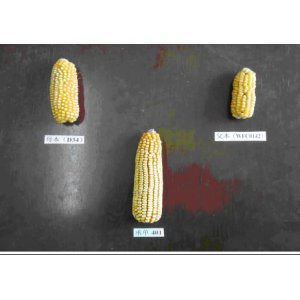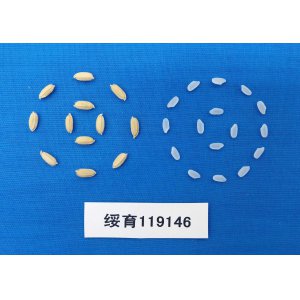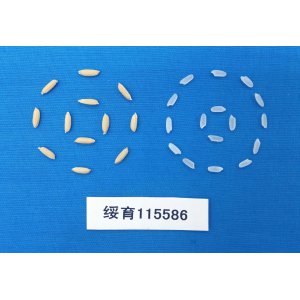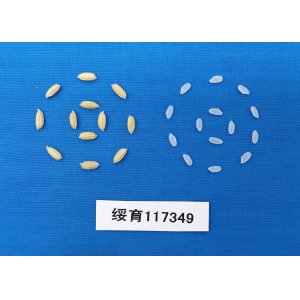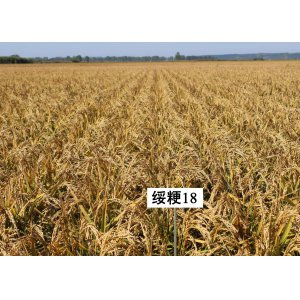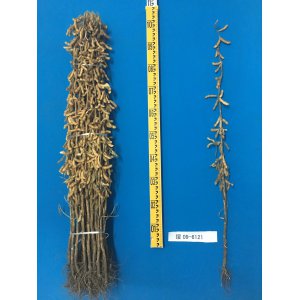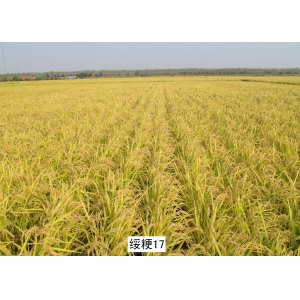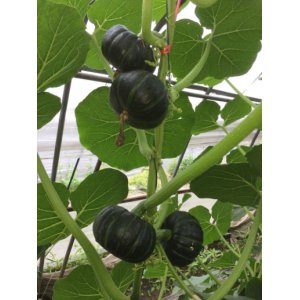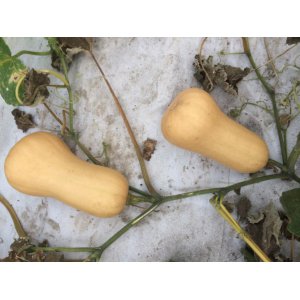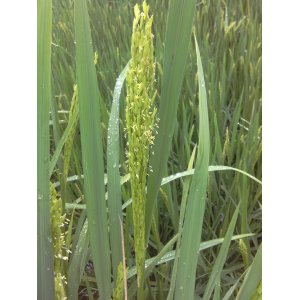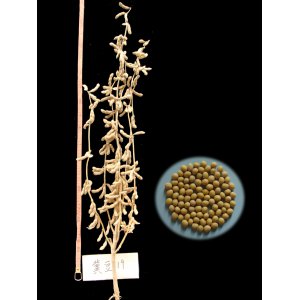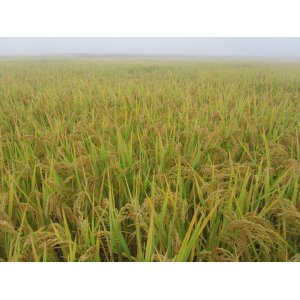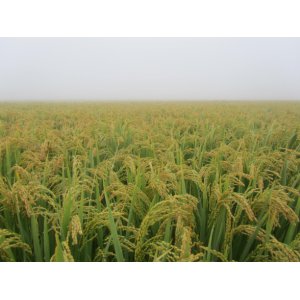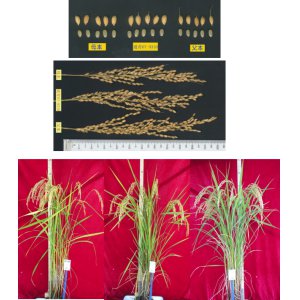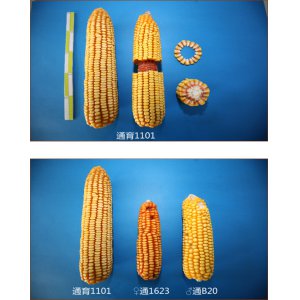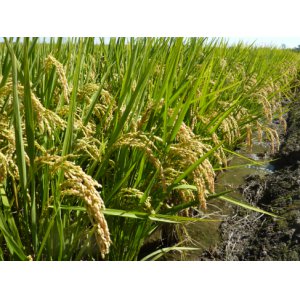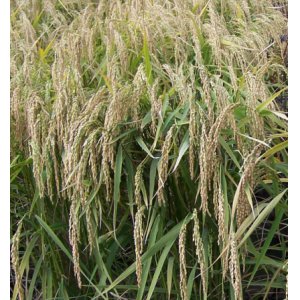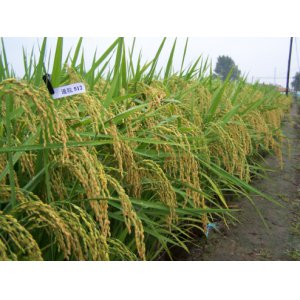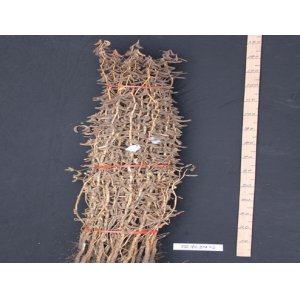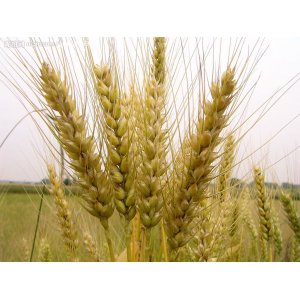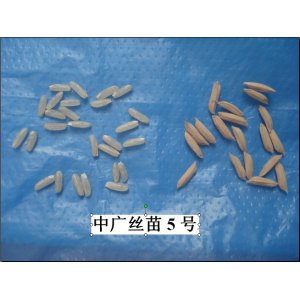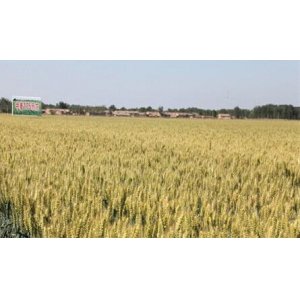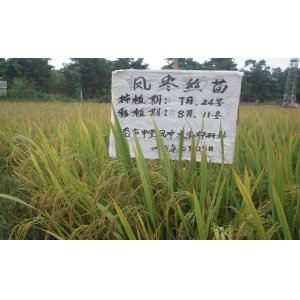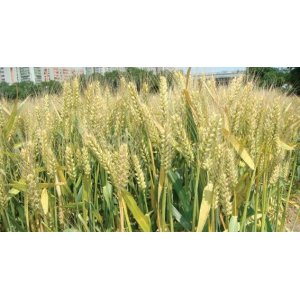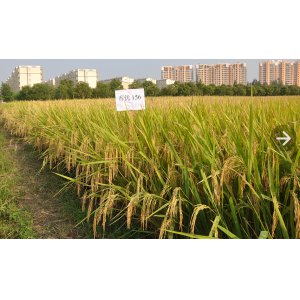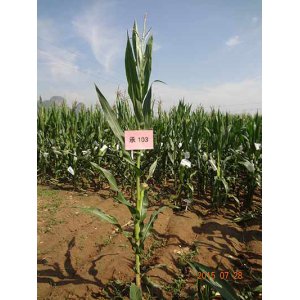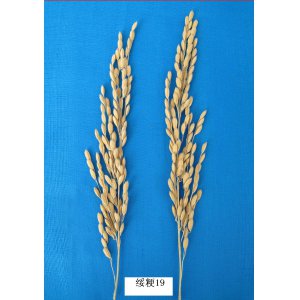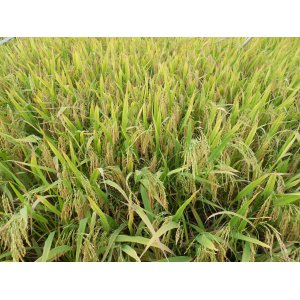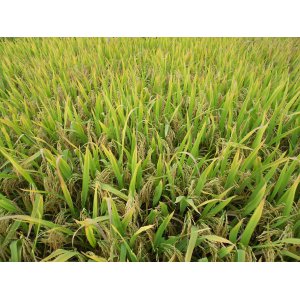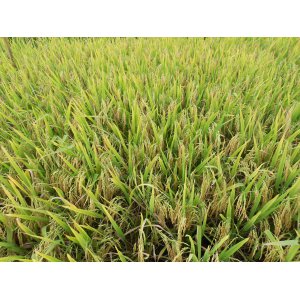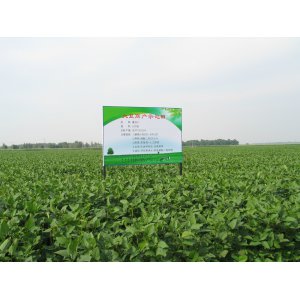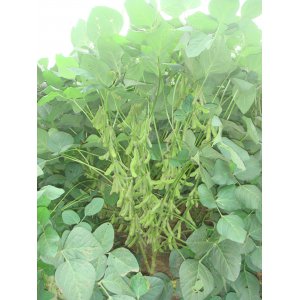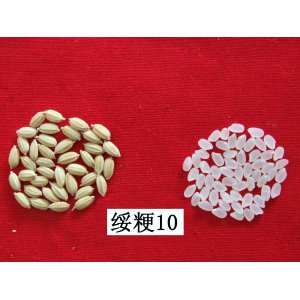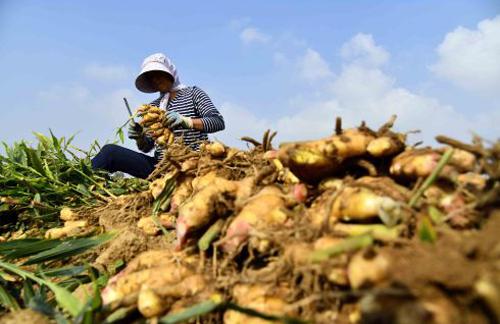油橄榄(Olea europaea)是盛产于地中海气候区的著名木本油料兼果用树种,新鲜的油橄榄果实直接冷榨可得到优质的食用植物油——橄榄油。橄榄油因不经加热和化学处理,保留了天然营养成分,被认为是迄今所发现的油脂中最适合人体营养的油脂。最近,科研人员揭示出野生油橄榄的基因组信息和油脂生物合成的进化过程。
研究人员对野生油橄榄的基因组和转录组进行了测序,发现其蛋白编码基因超过5万个,这是由于280-590万年前油橄榄发生过一次基因组加倍。油脂生物合成途径相关的基因进化分析显示,FAD2的下调表达和SACPD的上升表达是橄榄油中不饱和脂肪酸含量高的主要原因。
油橄榄是二倍体(2n=46)异花授粉作物,可通过营养繁殖存活上千年。早在青铜器时代,原始人已开始用其生产橄榄油,栽培种油橄榄起源于小亚细亚地区,后传入希腊。野生油橄榄基因组的深入研究将对培育可生产高品质食用油的油料作物带来有价值的参考信息。
PNAS, 9 October 2017
Genome of wild olive and the evolution of oil biosynthesis
Author
Turgay Unver, Zhangyan Wu, Lieven Sterck……Qiang Gao, Gabriel Dorado, and Yves Van de Peer*
*: Department of Plant Biotechnology and Bioinformatics, Ghent University, Belgium
Abstract
Here we present the genome sequence and annotation of the wild olive tree (Olea europaea var. sylvestris), called oleaster, which is considered an ancestor of cultivated olive trees. More than 50,000 protein-coding genes were predicted, a majority of which could be anchored to 23 pseudochromosomes obtained through a newly constructed genetic map. The oleaster genome contains signatures of two Oleaceae lineage-specific paleopolyploidy events, dated at ∼28 and ∼59 Mya. These events contributed to the expansion and neofunctionalization of genes and gene families that play important roles in oil biosynthesis. The functional divergence of oil biosynthesis pathway genes, such as FAD2, SACPD, EAR, and ACPTE, following duplication, has been responsible for the differential accumulation of oleic and linoleic acids produced in olive compared with sesame, a closely related oil crop. Duplicated oleaster FAD2 genes are regulated by an siRNA derived from a transposable element-rich region, leading to suppressed levels of FAD2 gene expression. Additionally, neofunctionalization of members of the SACPD gene family has led to increased expression of SACPD2, 3, 5, and 7, consequently resulting in an increased desaturation of steric acid. Taken together, decreased FAD2 expression and increased SACPD expression likely explain the accumulation of exceptionally high levels of oleic acid in olive. The oleaster genome thus provides important insights into the evolution of oil biosynthesis and will be a valuable resource for oil crop genomics.


